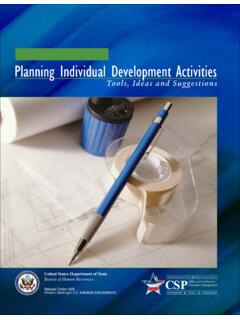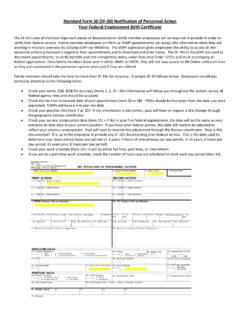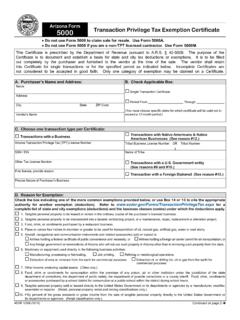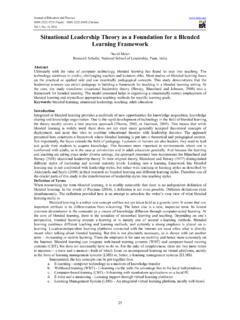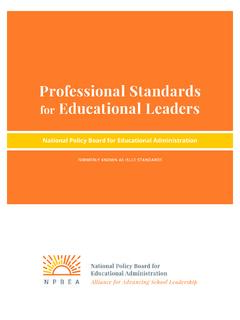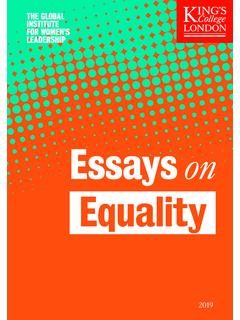Transcription of U.S. GOVERNMENT COUNTERINSURGENCY GUIDE
1 GOVERNMENT . COUNTERINSURGENCY . GUIDE . January 2009. UNITED STATES GOVERNMENT . INTERAGENCY COUNTERINSURGENCY INITIATIVE. ACKNOWLEDGEMENTS. The following departments and agencies contributed to the drafting of the GOVERNMENT COUNTERINSURGENCY GUIDE : Department of State Department of Defense Agency for International Development Department of Justice Department of The Treasury Department of Homeland Security Department of Agriculture Department of Transportation Office of the Director of National Intelligence The drafting of this GUIDE was led by the Bureau of Political-Military Affairs, Department of State. For their roles in the creation of the GUIDE , special thanks to: David Kilcullen Special Advisor for COUNTERINSURGENCY to the Secretary of State Lieutenant Colonel Matt Porter, UK Royal Marines Colonel (Ret.)
2 Carlos Burgos, Army The GUIDE is available electronically at: Bureau of Political-Military Affairs Printed January 2009. GOVERNMENT . COUNTERINSURGENCY . GUIDE . January 13, 2009. PREFACE. In recent years the United States has engaged in prolonged COUNTERINSURGENCY campaigns in Afghanistan and Iraq. It has supported many other friendly governments facing internal subversion around the globe. In so doing it has both relearned old lessons, and forged new methods and concepts for the stabilization of moderate, freedom-oriented governments. This GUIDE , the first of its kind in almost half a century, distills the best of contemporary thought, historical knowledge, and hard-won practice.
3 It is the best kind of doctrinal work: intellectually rigorous, yet practical. Irregular warfare is far more varied than conventional conflict: hence the importance of an intellectual framework that is coherent enough to provide guidance, and flexible enough to adapt to circumstances. COUNTERINSURGENCY places great demands on the ability of bureaucracies to work together, with allies, and increasingly, with non- governmental organizations. That it is co-signed by the leaders of the Departments of State and Defense and the Agency for International Development says a great deal about the partnership between these and other departments that has been, and will be, required if we are to succeed in the future.
4 Although much of our ability to knit together lines of effort arises from the field, there is an important role for policy-relevant thought about first order questions. This GUIDE provides that. American COUNTERINSURGENCY practice rests on a number of assumptions: that the decisive effort is rarely military (although security is the essential prerequisite for success); that our efforts must be directed to the creation of local and national governmental structures that will serve their populations, and, over time, replace the efforts of foreign partners; that superior knowledge, and in particular, understanding of the human terrain' is essential; and that we must have the patience to persevere in what will necessarily prove long struggles.
5 In the field, the United States has innovated in remarkable ways. Perhaps the most important of new initiatives has been the creation of Provincial Reconstruction Teams (PRTs) which bring together civilian and military personnel to undertake the insurgency-relevant developmental work that has been essential to success in both Iraq and Afghanistan. As those conflicts have evolved, so too have the PRTs: their composition has changed, and so too, in some cases, has their mission. This GUIDE captures the kind of thinking and accumulated knowledge that has led to this successful innovation, and its adaptation over the years.
6 Insurgency will be a large and growing element of the security challenges faced by the United States in the 21st century. While the possibility of conventional conflict remains, the fact is that, at the moment, the main powers of the international system are deeply reluctant to engage in it. Insurgency, however, can and will flourish in the modern environment. The strains created by globalization, by the collapse of weak state structures, by demographic, environmental, and economic pressures, by the ease of cooperation among insurgent groups and criminals, and by the appearance of destructive radical ideologies, all augur a period in which free and moderate governance is at risk.
7 And in today's world, state failure can quickly become not merely a misfortune for local communities, but a threat to global security. Whether the United States should engage in any particular COUNTERINSURGENCY is a matter of political choice, but that it will engage in such conflicts during the decades to come is a near certainty. This GUIDE will help prepare decision-makers of many kinds for the tasks that will result from this fact. Like all such works, it will serve best if treated not as a rigidly defined set of recipes, but rather, as a stimulus to disciplined, but creative thought. Dr. Eliot A. Cohen Counselor of the Department of State TABLE OF CONTENTS.
8 Executive Chapter One: Theory and Chapter Two: Components of COIN 17. Chapter Three: 28. The Affected The Country The International Inter-Governmental Organizations (IGOs)..32. Non- GOVERNMENT Organizations (NGOs)..32. The Private Chapter Four: Assessment and Appendix A: GOVERNMENT Roles in Appendix B: Web Links to Assessment & Modeling Appendix C: Useful Appendix D: Acronyms and Appendix E: Contact 60. EXECUTIVE SUMMARY. Insurgency is the organized use of subversion and violence to seize, nullify or chal- lenge political control of a region. As such, it is primarily a political struggle, in which both sides use armed force to create space for their political, economic and influence activities to be effective.
9 Insurgency is not always conducted by a single group with a centralized, military-style command structure, but may involve a complex matrix of different actors with various aims, loosely connected in dynamic and non-hierarchical networks. To be successful, insurgencies require charismatic leadership, supporters, recruits, supplies, safe havens and funding (often from illicit activities). They only need the active support of a few enabling individuals, but the passive acquiescence of a large proportion of the contested population will give a higher probability of success. This is best achieved when the political cause of the insurgency has strong appeal, manipulating religious, tribal or local identity to exploit common societal grievances or needs.
10 Insurgents seek to gain control of populations through a combination of persuasion, subversion and coercion while using guerrilla tactics to offset the strengths of GOVERNMENT security forces. Their intent is usually to protract the struggle, exhaust the GOVERNMENT and win sufficient popular support to force capitulation or political accommodation. Consequently, insurgencies evolve through a series of stages, though the progression and outcome will be different in almost every case. COUNTERINSURGENCY (COIN) is the blend of comprehensive civilian and military efforts designed to simultaneously contain insurgency and address its root causes.
